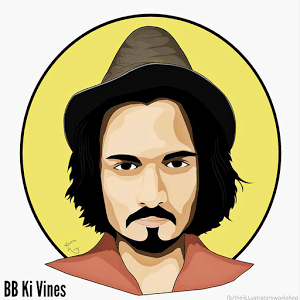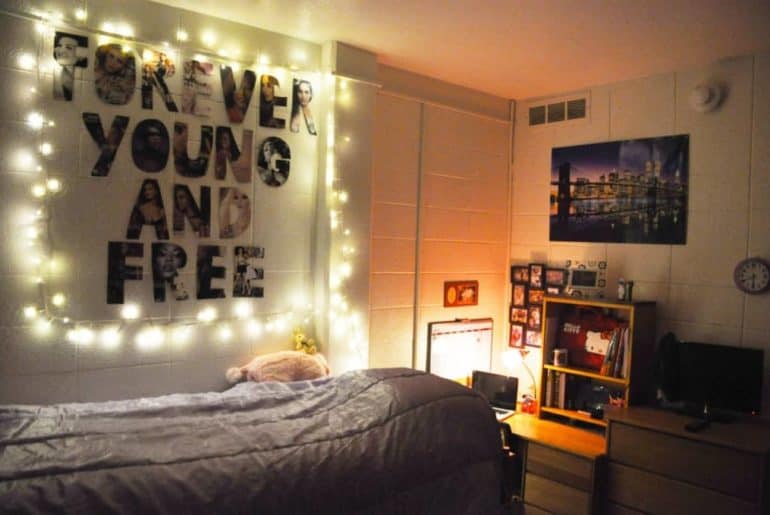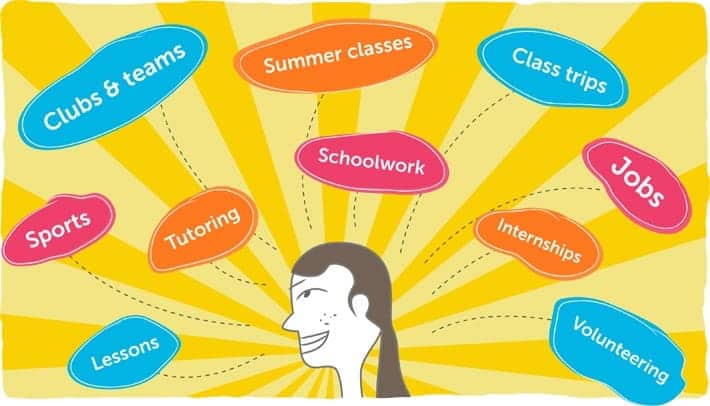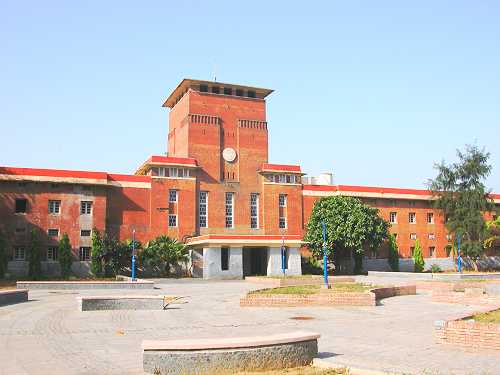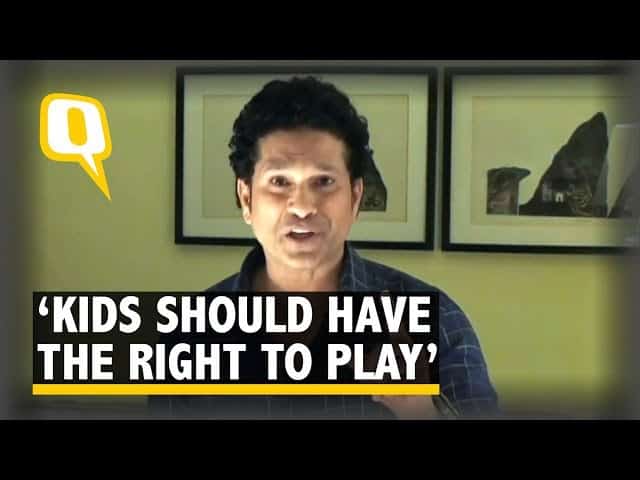Snapchat was launched in 2011 and quickly became the world’s favourite app-based social media platform to share multiple 10-second snippets (initially) of their day. Here is a look at why the app’s recent update might be its downfall.
Upon its launch, Snapchat took the world by storm and went viral. It gained popularity because of its unique concept of sharing timed-pictures with small captions, never before seen filters, and gave its users an avenue to be goofy, silly, and experiment with various photography styles. The smart phone based application soon became the premier place to share “stories” in terms of photos and videos. In fact, the app became so popular that other social media networks, like Facebook, Instagram, and WhatsApp inculcated stories into their own layouts in the later years. Snapchat became an way not only for the general public, but for celebrities, social media influencers, companies, and media outlets like BuzzFeed etc. to promote their business ventures as the app provided them with access to over 150 million global users on a daily basis.
Earlier this month, Snapchat announced a new update which aimed to separate content uploaded by the “media” and “friends”. The update immediately received an enormous amount of backlash from users. So much so that over 800,000 people signed a petition to bring the old layout back. Research statistics displayed that the new update pushed most of its users over to its competition, Instagram, and that 80% of the numerous tweets about the update were negative.
The latest redesign that introduced an array of interface changes to the application is terribly designed and extremely confusing. These changes do not seem to be user friendly since many muscle memory movements, such as swiping left to view stories were removed. The stories from “friends” are now included to the left of the camera and the content from the media is kept to the right. The stories are no longer in a chronological order, but are showed to its users based on a “best friend algorithm”.
This update might be the downfall of one of the most-loved social media websites since the organisation sprung these changes onto users without any explanations or warnings. The only semblance of communication from the spokesperson of the company the public has received even after the severe criticism it faced, in terms of a public statement was “Updates as big as this one can take a little getting used to, but we hope the community will enjoy it once they settle in.”
Feature Image Credits: Daily Times
Bhavya Banerjee
[email protected]







